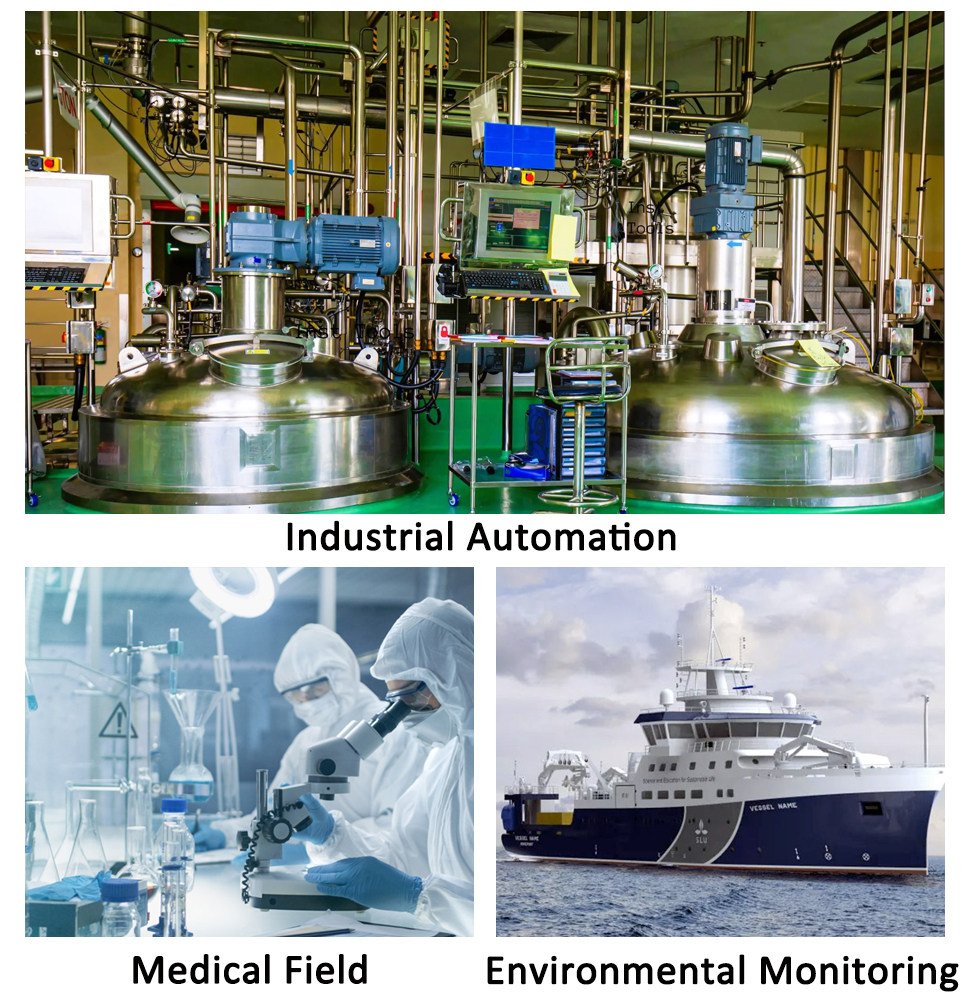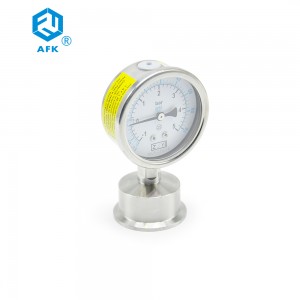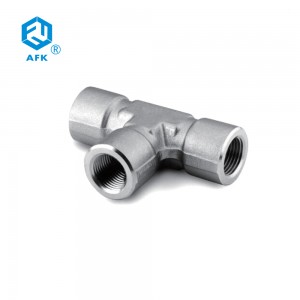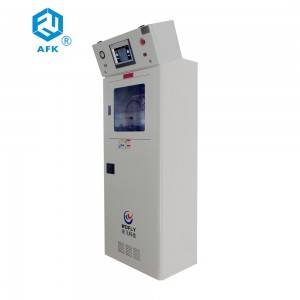4-20mA Stainless Steel 316 Oil Air Industrial Pressure Sensor 0-5V 300bar 200bar

Order information
Pressure range : 0-50 bar, Output : 4-20mA , Power supply : 12-36VDC ,Process connection : 1/4″NPT male Electronic Connector : Hirchaman connector
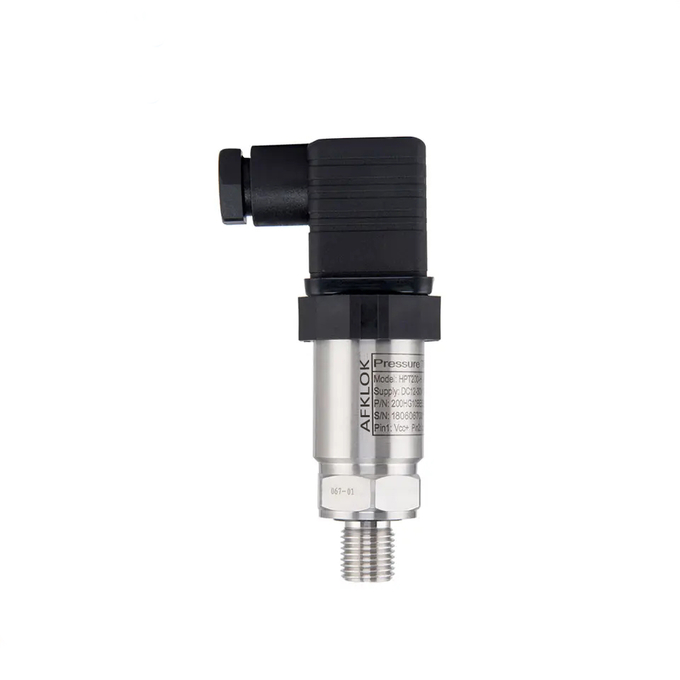 |
Output | 4~20mA,0~5V/0~10V/0.5~4.5V |
| Power supply | 12VDC~36VDC | |
| Pressure port | G1/4”; G1/2”;1/4”NPT or by customized | |
| Accuracy | 0.5%F.S, 1%F.S | |
| Electronic Port | DIN43650 Hirschman,Direclty cable,M12 4 Pin | |
| Working Temp | 35°C ~+125°C | |
| Storage Temp | -40°C~125°C | |
| Compensation Temp | 0°C~50°C | |
| Pressure Type | Gauge,Absolute,Negative,Sealing Pressure | |
| Zero Temp Drift | ≤0.02%F.S/°C/year | |
| Certificate | CE |
Characteristics of pressure sensors
Range: The range of a pressure sensor refers to the minimum and maximum pressures that it can measure. Different pressure sensors have different ranges, and it is important to choose a sensor with a range that is appropriate for the application.
Accuracy: Accuracy is a measure of how close the measured pressure is to the true pressure. The accuracy of a pressure sensor can be affected by a variety of factors, including temperature, humidity, and vibration.
Sensitivity: Sensitivity is a measure of how much the output of the pressure sensor changes in response to a change in pressure. High-sensitivity sensors are able to detect small changes in pressure, while low-sensitivity sensors require larger changes in pressure to produce a measurable output.
Response time: Response time is the time it takes for the pressure sensor to detect a change in pressure and produce a corresponding output signal. Faster response times are generally better in applications where rapid pressure changes occur.
Linearity: Linearity is a measure of how well the output of the pressure sensor follows a straight line as pressure changes. Nonlinear sensors can produce errors in the output signal, leading to inaccuracies in pressure measurements.
Stability: Stability refers to the ability of a pressure sensor to maintain its performance over time. Factors such as temperature, humidity, and vibration can affect sensor stability.
Durability: Durability is a measure of how well the pressure sensor can withstand physical stress such as impacts, vibration, and temperature extremes. Some sensors are designed for use in harsh environments and are more durable than others.
Cost: The cost of pressure sensors can vary widely depending on their features and performance characteristics.
Areas of Application for Pressure Sensors
Industrial automation: Pressure sensors are commonly used in industrial automation applications to measure and control pressure in pneumatic and hydraulic systems. They are used to monitor the pressure of fluids and gases in pipelines, tanks, and other components.
Medical applications: Pressure sensors are used in a variety of medical applications, such as blood pressure monitoring, respiratory monitoring, and anesthesia monitoring. They are also used in medical devices such as infusion pumps, ventilators, and dialysis machines.
Environmental monitoring: Pressure sensors are used in environmental monitoring applications to measure atmospheric pressure, water pressure, and soil pressure. They are used in weather stations, water treatment plants, and irrigation systems.







